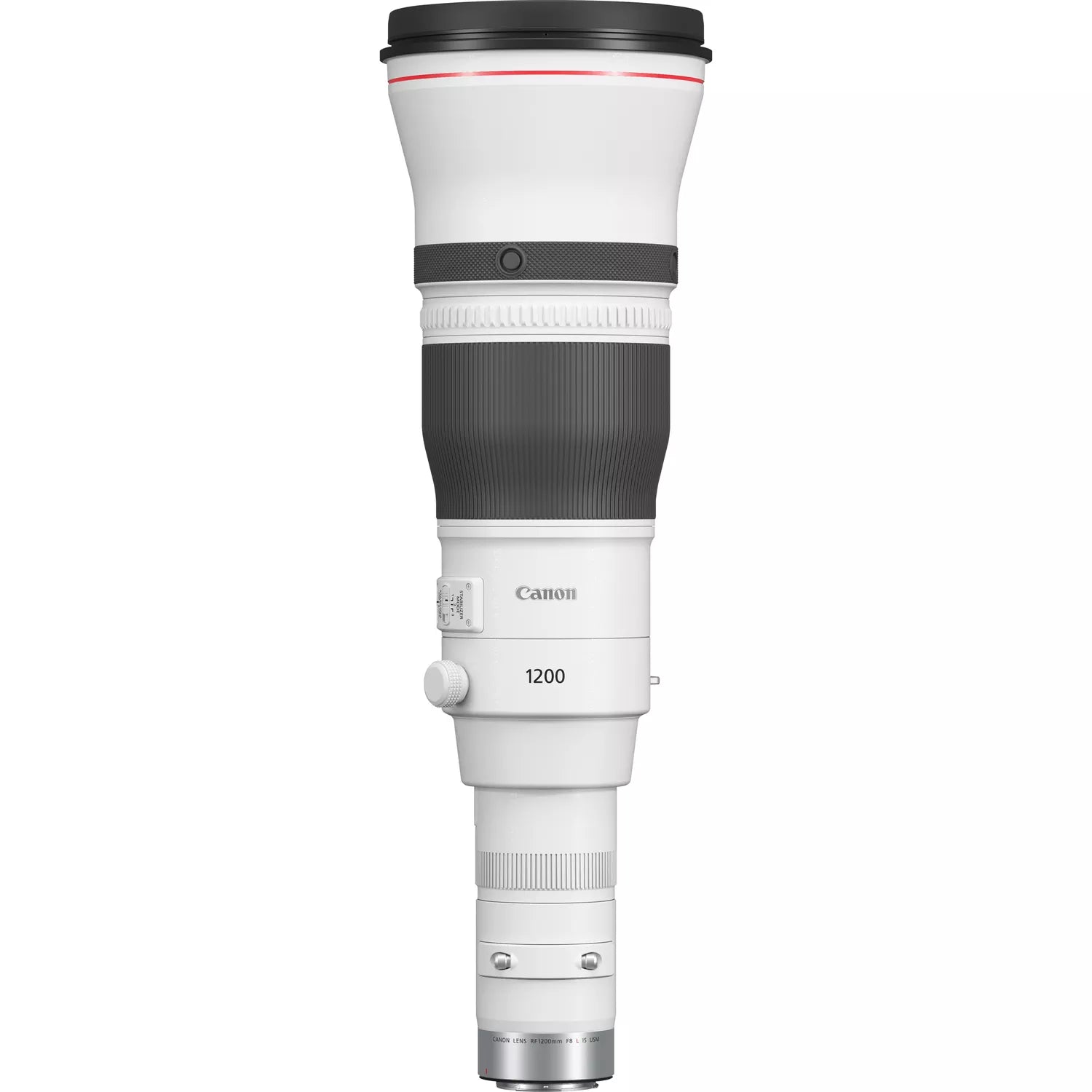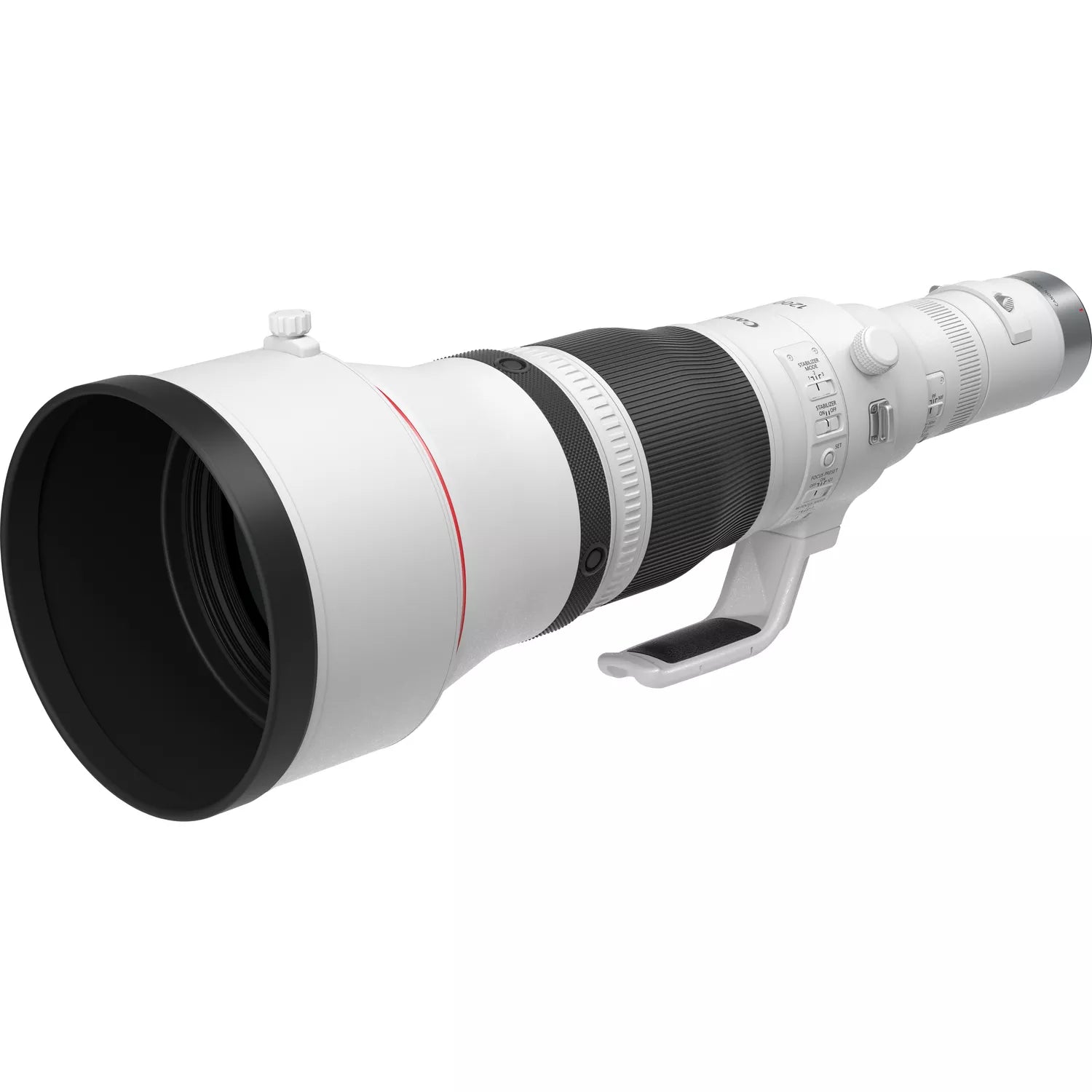Try The Kit - Canon Test Drive

Canon Test Drive – Try Before You Buy with Free Next Day Delivery
Test selected Canon gear with a 48-hour free trial or hire for up to 7 days at a low cost. Book anytime via the 24/7 live system.
How it works:
-
Book your kit – Choose dates and reserve online.
-
Pay a refundable deposit – Fully refunded upon safe return.
-
Fast delivery – Get your gear quickly and securely.
-
Easy returns – Use pre-paid packaging for simple drop-off or collection.
Visit https://testdrive.trythekit.com to book yours now.
Product Description
Canon RF 1200mm F8L IS USM Lens
- 1200mm Focal Length
- F/8 Maximum Aperture
- 4-Stop Image Stabilizer
- 9-Bladed Diaphragm
- Customisable Controls
- RF Mount
Quality and distance are no problem at all for the RF 1200mm F8L IS USM lens from Canon. The lens features a maximum aperture of F8, a 4 stop image stabiliser and a lightweight magnesium alloy body to make this super-telephoto prime lens easy to control. Capture image quality like never before from distances you never thought possible, with the RF 1200mm.
Breathtaking Performance and Quality. Featuring the longest native focal length for mirrorless cameras, the RF 1200mm F/8 IS USM produces incredible image quality even in low-light situations, thanks to its f8 maximum aperture.
Optimised weight distribution gives the photographer complete confidence in handling Canon’s most powerful telephoto prime lens. Capture incredibly sharp and steady images with help from Fluorite, UD and Super UD lens elements with advanced coatings to help reduce ghosting and flaring.
Canon’s L-series inspire confidence when it comes to working in some of the harshest environments. Heat insulating paint protects the optics inside while Fluorine on the outer elements keeps dust and moisture at bay.
The RF 1200mm sits right at the very top of Canon’s entire lens range. Its aperture mechanism offers 1/8th stop increments which is super handy even for video, while the image stabilisation system works seamlessly with the in-body IS from your Canon mirrorless camera, such as the EOS R5.
The lens features multiple custom options. Two focus pre-sets and a customisable AF stop button allows you to set the lens up for your personal shooting style.
What's in the box?
- Lens Cap E-185C
- Lens Hood ET-160 (WIII)
- Lens Soft Case LS1200
- Rear cap
- Lens Dust Cap RF
For full specifications click Here
Payment & Security
Your payment information is processed securely. We do not store credit card details nor have access to your credit card information.





















